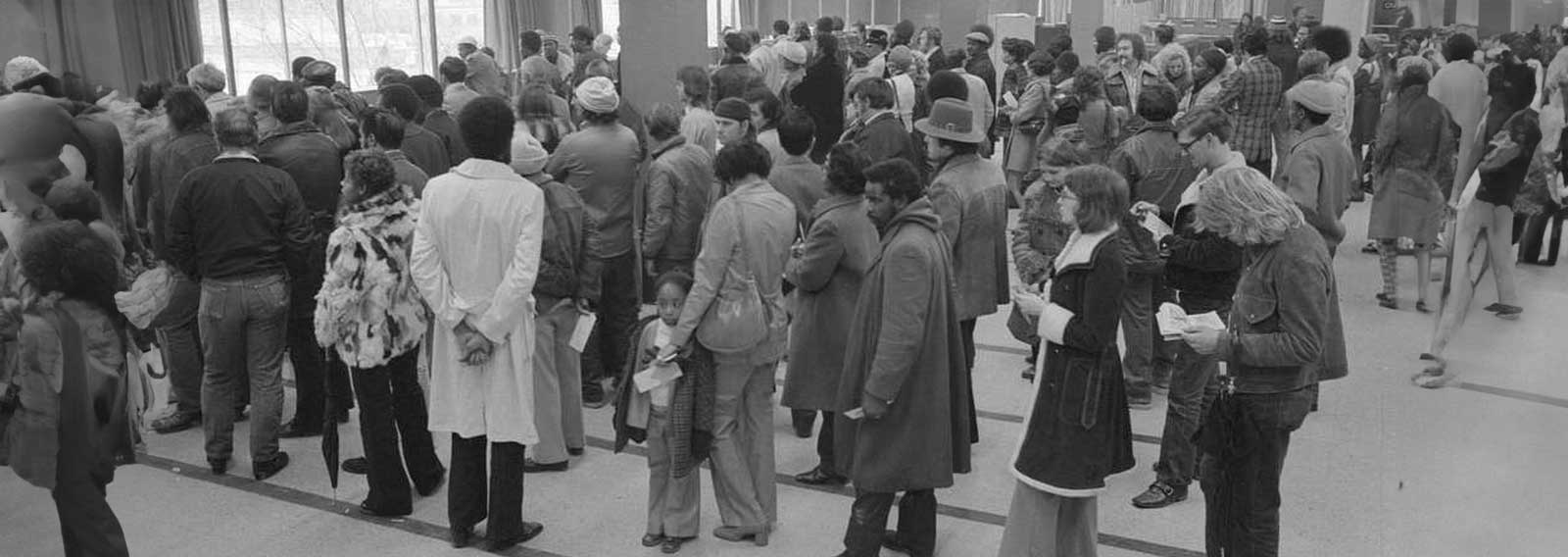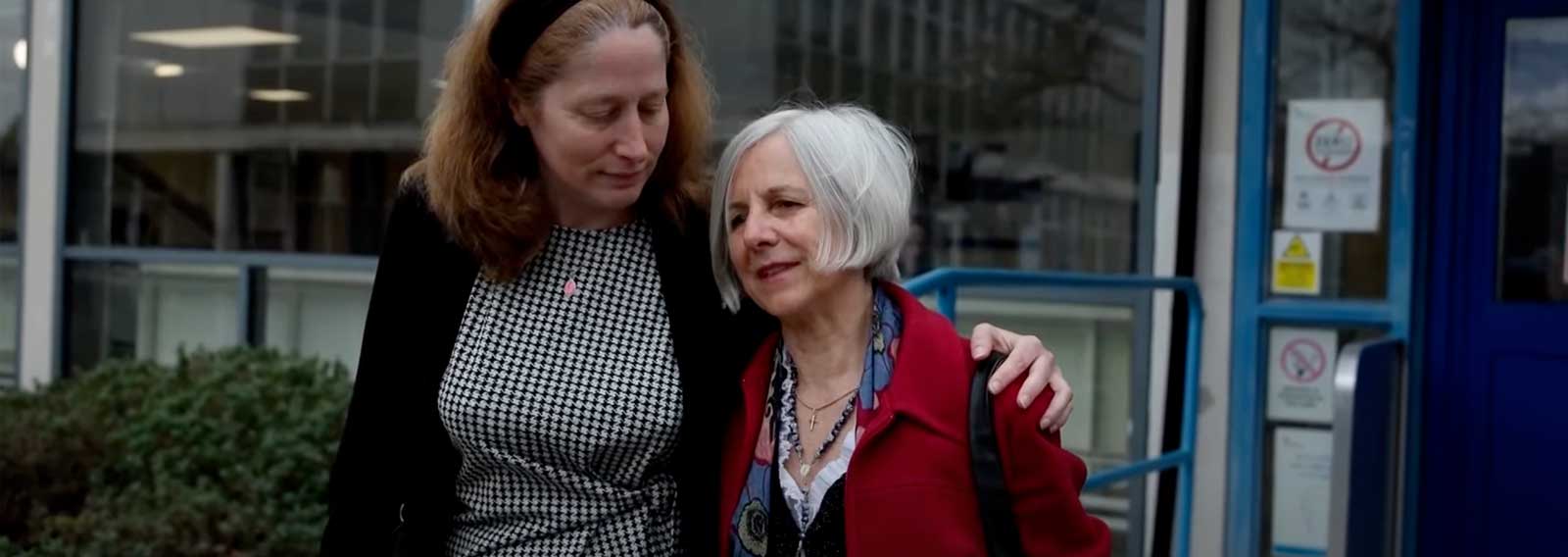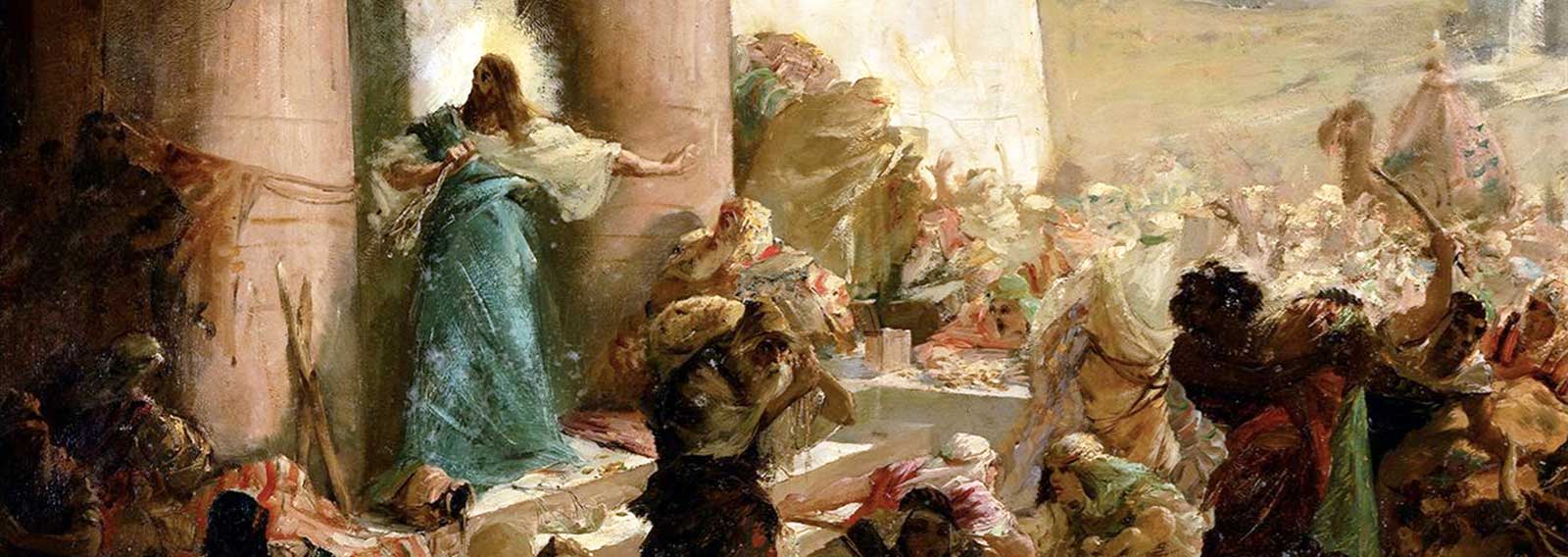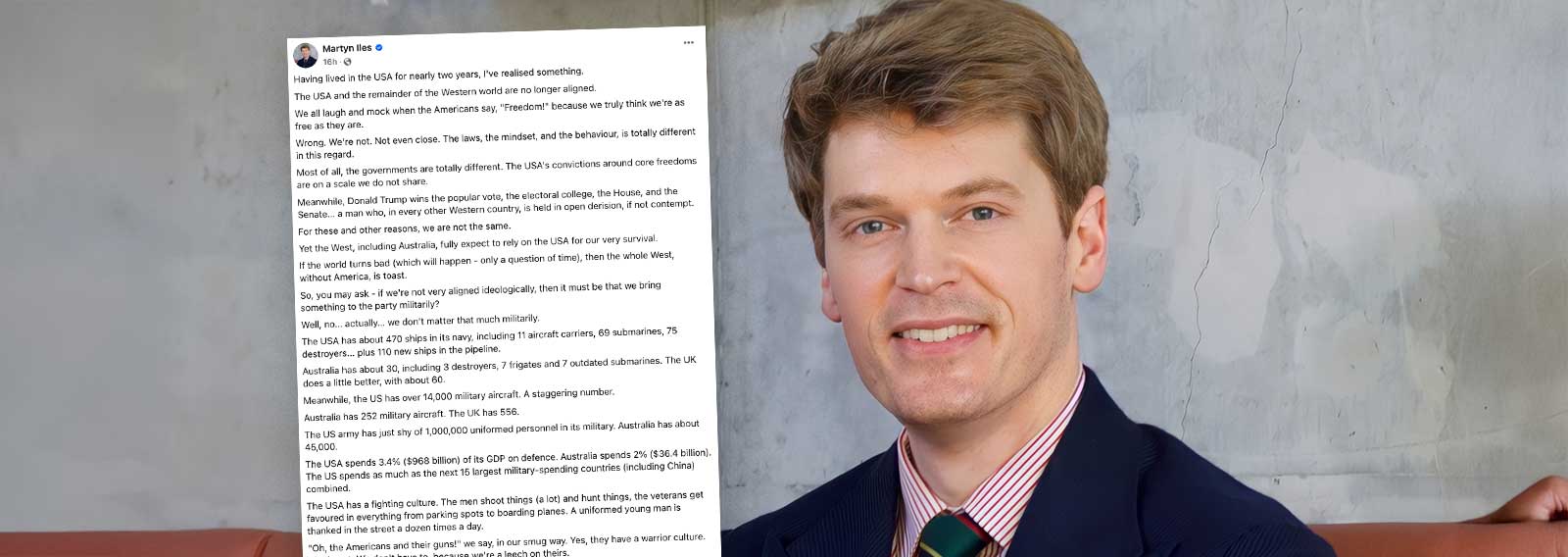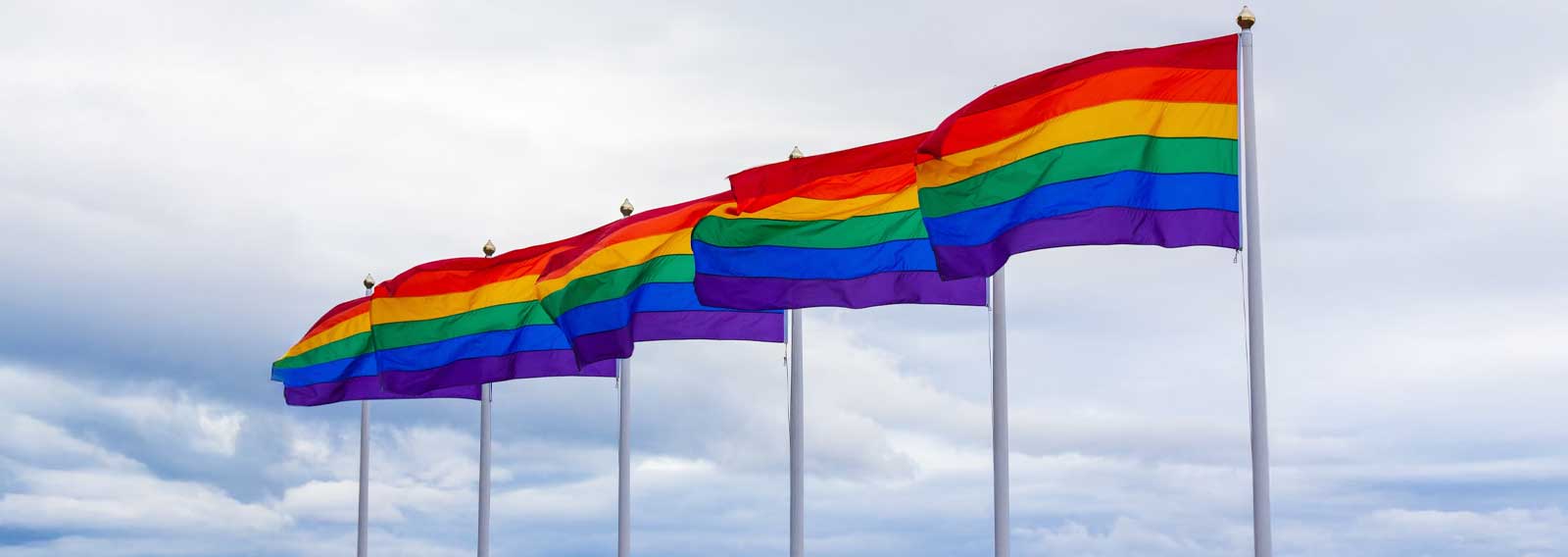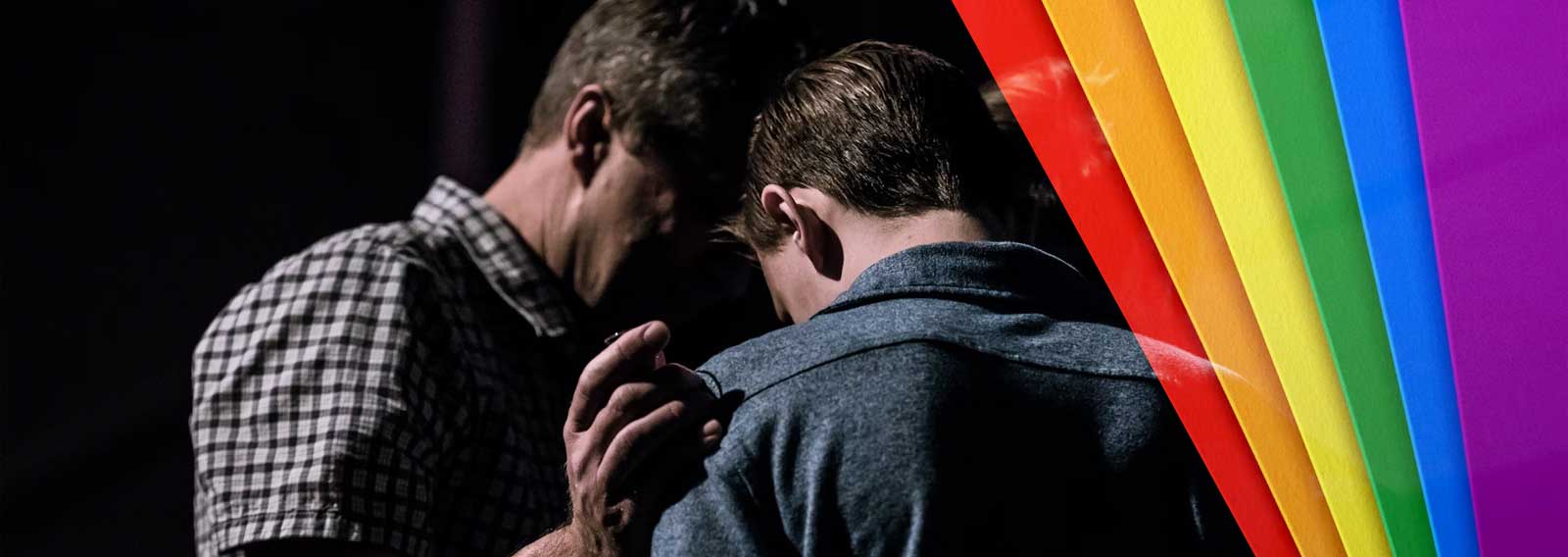As governments increase in size and scope, so does the nanny state, and the turn away from individual responsibility. Decision-making increasingly is handed over to various elites, politicians, social workers and bureaucrats who pay no price for any mistakes they make, or bad decisions and policies they promote. Regardless of any good intentions, the results can often go spectacularly wrong.
The modern welfare state is a classic case in point. First designed to help out the deserving poor, it has mushroomed into a massive bureaucratic nightmare, causing as much harm as good – perhaps more. That is not to say that there is no place for some state support, some government assistance, a safety net, and so on.
But what we find in most Western nations today has moved far beyond that. Services and goods that formerly were provided by individuals, families, churches, and community groups are now taken over by faceless men and women sitting in air-conditioned offices looking at spreadsheets.
Most folks understand that some bureaucrat in Canberra or London or Washington is NOT going to truly care for and really help someone like a loving neighbour, church or community group can. Prior to the advent of the modern welfare state, these were always the ones who provided much-needed help.
Lest any reader here says that as a Christian we MUST support the welfare state, a quick reply if I may. It was Jesus who told his followers that they – and not state bureaucrats – should care for the poor and needy. They are the ones who should be good Samaritans. I prefer his way of doing things.
Many things can be said about the welfare state and the culture of dependency that has grown up with it, but one key area is that of family breakdown. The facts and figures on this have been thoroughly documented and laid out for us. Yet incredibly I once had a Christian person telling me this: “Attacks on the welfare state lead to homelessness, family fragmentation, adolescent and child suicide and spiralling alcohol and drug addiction.”
Oh dear. The exact opposite is of course the case. All these social pathologies have been skyrocketing during the same time as the welfare state has been expanding. And we find no better demonstration of this than what we see happening to Black American families over the past century.
There are so many we can appeal to here, but two Black American economists and social commentators deserve to be highlighted. I refer to Thomas Sowell and Walter Williams. I have an entire shelf full of their important volumes – to be precise, 28 books by Sowell and 5 by Williams.
So many of their works could be quoted from on this matter, but let me draw from just two Sowell volumes:
Wealth, Poverty and Politics, rev and enlarged ed. (Basic Books, 2016)
Discrimination and Disparities, rev and enlarged ed. (Basic Books, 2019)
In the first work he says this about the welfare state and its impact:
Black Americans, a group often identified as beneficiaries of the welfare state in America, made considerable economic progress in the twentieth century but much, if not most, of it was prior to the massive expansion of the American welfare state, beginning with the “war on poverty” programs of the 1960s. This is just one of many possible empirical tests of the social vision behind the creation and expansion of the welfare state. p. 281
Consider just one set of figures:
As of 1940, 87 percent of black families in the United States lived below the poverty line. But this declined to 47 percent by 1960, as black education and urban job experience increased in the wake of the mass migrations of blacks out of the South. This 40 percentage point drop in the black poverty rate ‘occurred prior to both the civil rights laws and the “war on poverty” social welfare programs of the 1960s. Over the next 20 years, from 1960 to 1980, the black poverty rate dropped an additional 18 points’ — significant, but the continuation of a preexisting trend at a slower pace, rather than being a new result from new civil rights laws and welfare state policies, as so often claimed.
There were dramatic increases in the number of black elected officials in the South after passage of the Voting Rights Act of 1965. But nothing similarly dramatic occurred in black economic advancement as a result of the civil rights laws of the 1960s. In some important social ways, actual retrogressions set in.
Arguably the most consequential of these social retrogressions was the decline in two-parent families. . . . In addition, there was an increase in crime and violence, including ghetto riots. The first in a series of such riots across the country erupted in Los Angeles, just days after the Voting Rights Act of 1965 was passed.
This eruption of violence was contrary to the prevailing political and social vision of the times, in which problems among blacks were automatically assumed to be due to deficiencies in the way white people treated them. But such riots were less common in the South, where racial discrimination in laws and practices remained more common. By contrast, the worst of these riots— with 43 people killed, 33 of whom were black— occurred in Detroit, where the black unemployment rate was 3.4 percent and black home ownership was higher than in any other major city. Yet no such facts made a dent in the prevailing social vision. pp. 282-283
In the second book he offers more facts and figures and evidence-based argumentation:
In both Britain and the United States, the prevailing social vision — endlessly repeated and reinforced in the schools, the media and intellectual circles — depicted social pathology as caused by poverty and oppression. Yet in both countries – and others – after the welfare state produced higher living standards for low income people, the social degeneracy that this was supposed to reduce, rose instead to far higher levels. p. 176
And this:
While the welfare state helped raise the material standard of living of low-income people, the social vision that created the welfare state also featured an undermining of behavioral standards and moral values. In New York, for example, the earlier housing projects screened applicants and screened out people with a history of “alcoholism, irregular work history, single motherhood and lack of furniture.” In short, it was judgmental and exclusive—contrary to the taboos of the new social vision that began its triumph in the 1960s. The New York City Housing Authority, for example, “loosened its selectivity in 1968, under immense pressure from the federal government and social justice activists.”
In the world of words, the “social justice” vision has triumphed, far beyond New York or even the United States. But, in the world of reality, there have been consequences unlike anything envisioned by “social justice” advocates—and the consequences have extended far beyond public housing projects, which are only one of the many places where social degeneration became painfully visible. However commendable the intentions, the actual consequences of that vision have been toxic, and especially so for those who were expected to be its principal beneficiaries. p. 178
One final quote:
In addition to the reversals of declining social pathologies in America, other social pathologies, which had existed before, expanded to new magnitudes. These included fatherless children and urban riots. As of 1960, two-thirds of all black American children were living with both parents. That declined over the years, until only one-third were living with both parents in 1995. Fifty-two percent were living with their mother, 4 percent with their father and 11 percent with neither. Among black families in poverty, 85 percent of the children had no father present.
Although white American families did not have nearly as high a proportion of children living with one parent as black American families had in 1960, nevertheless the 1960s marked a sharp upturn in white children born to single mothers, to levels several times what they had been in the decades immediately preceding the 1960s. By 2008, nearly 30 percent of white American children were born to single mothers. Among white women with less than 12 years of education, more than 60 percent of their children were born to single mothers in the first decade of the twenty-first century.
These social patterns were not peculiar to the United States, but were common in a number of Western societies. A study in England, for example, noted: “Births outside marriage were generally about four or five per cent of all births between 1900 and the early 1960s. They have now reached 40 per cent.” Countries where more than 40 percent of children were born to single mothers included France, Sweden, Norway, Denmark and Iceland.
These have not been simply inevitable consequences of modernization…. p. 180
This is just a tiny sampling of the evidence from two books from one author. I could offer tens of thousands of more words here trying to summarise the various bits of data on this. The conclusion is clear: despite what might have begun with good intentions, much of the modern welfare state has had a devastating impact on families.
Please bear in mind that neither I nor Sowell are arguing that the welfare state is the sole cause of these and other problems that we face today. Other factors can be mentioned, such as the increasing secularisation of the West. Also, there are militant activist groups in the culture wars that have made clear their intent to destroy the institutions of marriage and family, and so on. But welfare dependency and governments usurping the roles of others have been major contributing factors.
And as Sowell has said so often elsewhere, politicians and bureaucrats seldom if ever have to pay the price for their mistakes, lack of wisdom, and just plain bad policy recommendations. Indeed, three brief quotes from Sowell nicely sums things up here:
“You will never understand bureaucracies until you understand that for bureaucrats procedure is everything and outcomes are nothing.”
“It is hard to imagine a more stupid or more dangerous way of making decisions than by putting those decisions in the hands of people who pay no price for being wrong.”
“Those who cry out that the government should ‘do something’ never even ask for data on what has actually happened when the government did something, compared to what actually happened when the government did nothing.”


